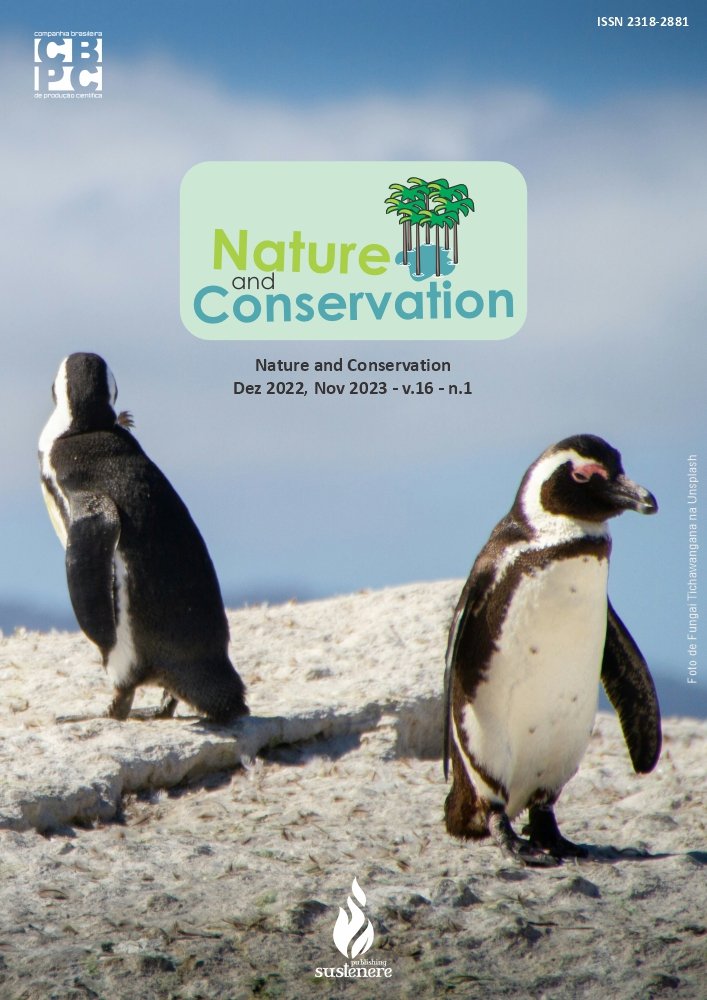Intoxication by pesticides in Minas Gerais, Brazil: a study on low education and unprotection of rural workers
DOI:
https://doi.org/10.6008/CBPC2179-6858.2022.003.0006Keywords:
Agrochemicals, Employee health, Occupational safety, Rural healthAbstract
In this study, data from reports of exogenous poisoning by pesticides in the state of Minas Gerais were collected and analyzed between 2011 and 2020. During this period, the peak of notifications occurred in 2013 (2,195). There was an increase in the number of notifications related to occupational exposure in the state between 2011 (284) and 2013 (516), with a decline in 2014 (376), a small variation between 2015 (330) and 2019 (369), and a decrease in 2020 ( 272). Considering the classification by toxic agent of poisoning, poisoning by rodenticides (47.51%), followed by pesticides for agricultural use (30.82%), products for veterinary use (10.55%), pesticides predominated in the period. domestic (9.28%) and public health pesticides (1.84%). The analysis of intoxication cases showed greater vulnerability of workers with less education. Through a literature review, risk factors for pesticide poisoning were identified, such as the absence and inadequate use of personal protective equipment (PPE) in productive activities, irregular storage of products and equipment and the performance of inadequate hygiene procedures. and insufficient. The results point to a series of limitations of the public and private sectors in initiatives aimed at preventing accidents and reducing risks associated with the use of pesticides.
Downloads
Downloads
Published
Issue
Section
License
Copyright (c) 2022 Ibero-American Journal of Environmental Sciences

This work is licensed under a Creative Commons Attribution-NonCommercial-NoDerivatives 4.0 International License.
The CBPC - Companhia Brasileira de Produção Científica (Brazil CNPJ: 11.221.422/0001-03) the material rights of the published works. The rights relate to the publication of the work anywhere in the world, including rights to renewals, expansions and dissemination of the contribution, as well as other subsidiary rights. All electronically published works may subsequently be published in printed collections under the coordination of this company and / or its partners. The authors preserve the copyright, but are not allowed to publish the contribution in another medium, printed or digital, in Portuguese or in translation.









